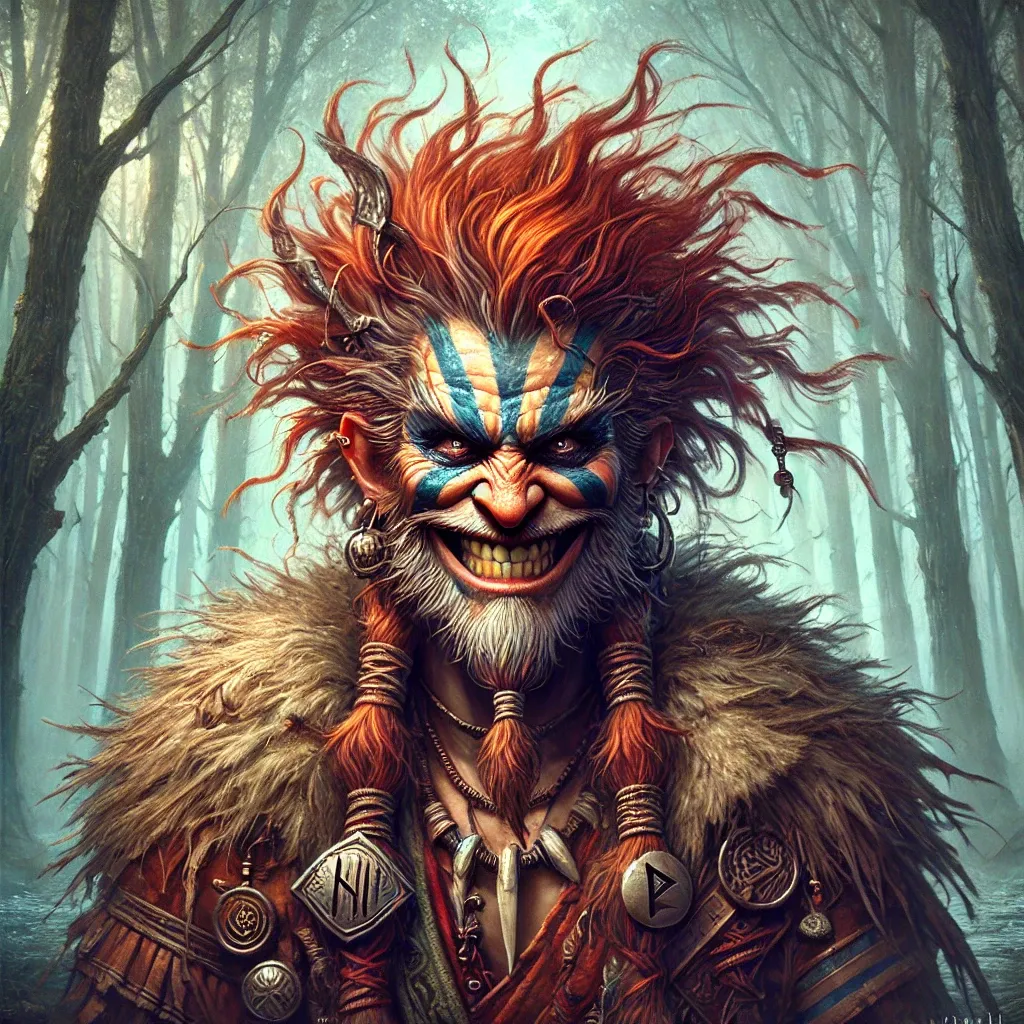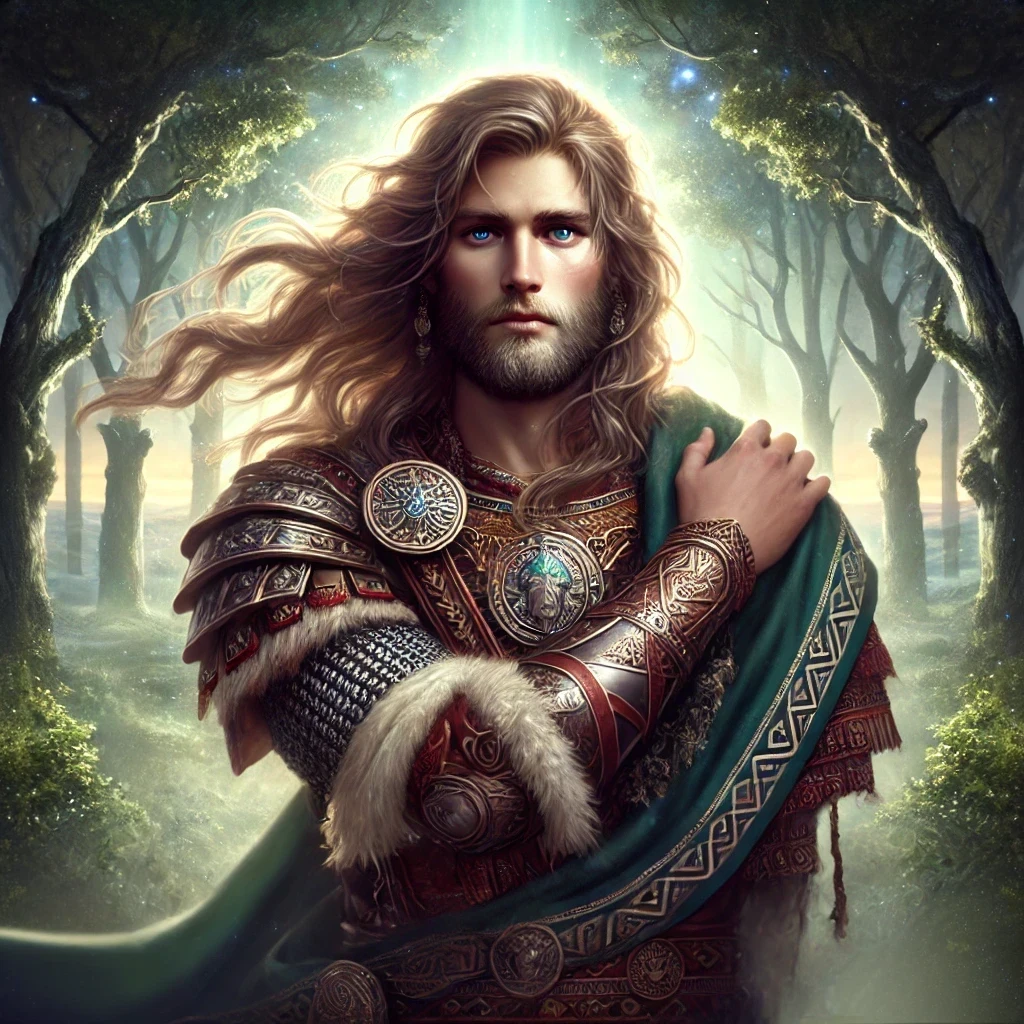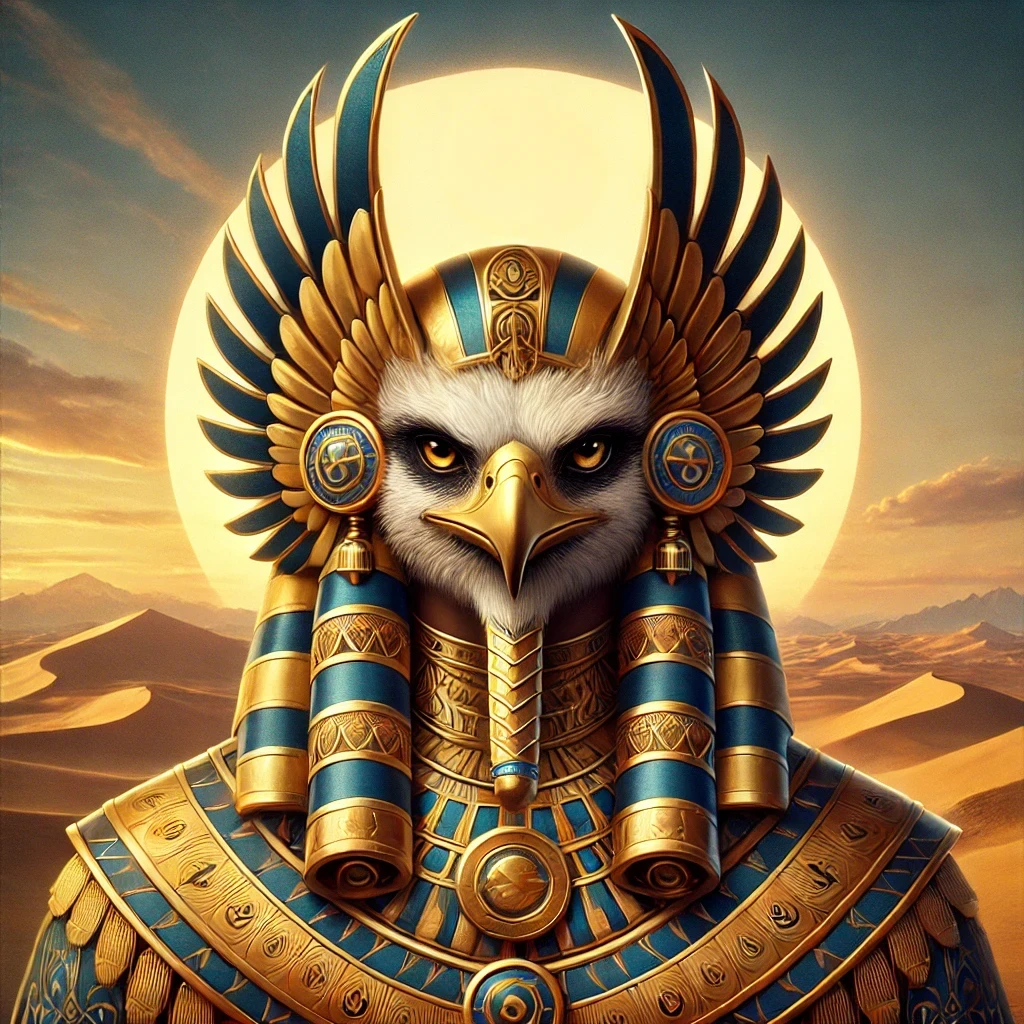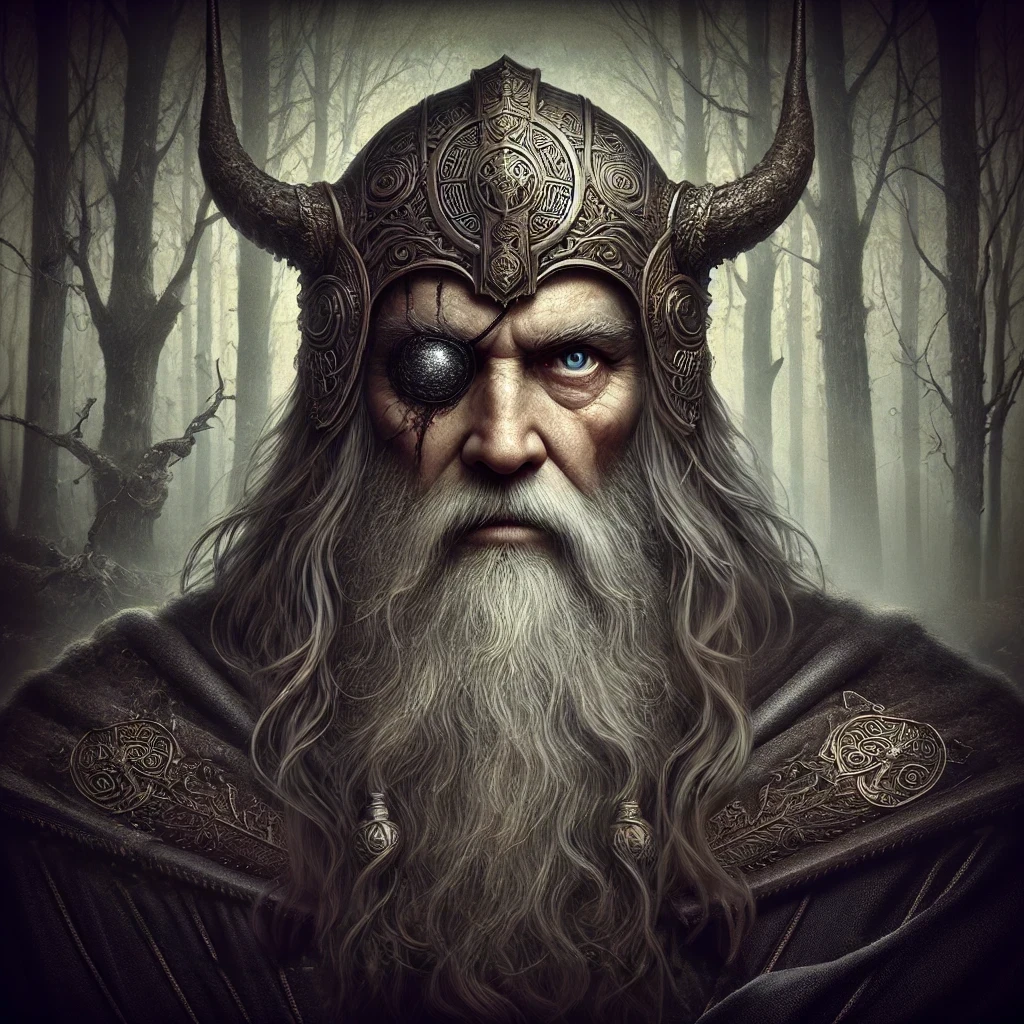Loki, one of the most enigmatic figures in Norse mythology, holds a unique and often controversial place in the ancient pantheon. Revered and reviled in equal measure, Loki is a trickster whose actions shape many of the myths that define Norse cosmology. This article delves into the historical and cultural background of Loki, explores his myths and symbolism, and examines his worship practices and relationships with other deities.
Historical & Cultural Background
Loki’s origins can be traced back to ancient Germanic culture, particularly among the Norse peoples of Scandinavia. His earliest mentions are found in the Poetic Edda and Prose Edda, two 13th-century Icelandic texts that compile centuries of oral traditions. While these texts were written in a Christianized context, they preserve pre-Christian beliefs, offering insight into Loki’s role in Norse cosmology.
Evolution of Loki’s Image
Loki’s portrayal evolved over time. In earlier myths, he is depicted as a clever and mischievous figure who aids the gods, but later tales emphasize his destructive nature, culminating in his role as a catalyst for Ragnarök, the end of the world in Norse mythology. Scholars debate whether Loki was originally a deity of chaos or a more neutral figure whose cunning was indispensable to the gods.
Myths & Legends
Loki’s myths are among the most dynamic and entertaining in Norse mythology, showcasing his dual nature as both helper and adversary to the gods.
The Binding of Fenrir
One of Loki’s most famous myths involves his son Fenrir, a monstrous wolf. Fearing Fenrir’s strength, the gods bind him using a magical chain crafted by dwarves. Loki’s role in fathering such a dangerous creature highlights his chaotic influence.
The Theft of Sif’s Hair
Loki’s mischief often creates problems for the gods, as seen in the tale of Sif’s golden hair. After cutting off her hair as a prank, Loki must appease Thor by commissioning the dwarves to craft treasures, including Mjolnir, Thor’s iconic hammer.
Loki’s Punishment
After orchestrating the death of Balder, the beloved god of light, Loki’s true nature as a destructive force is revealed. The gods bind him to a rock with the entrails of his son, a venomous serpent dripping poison onto his face as punishment.
Symbolism
Loki embodies duality, chaos, and transformation. His symbolism reflects the unpredictable nature of life, often serving as a reminder that creativity and destruction are intertwined.
Trickster Archetype
Loki epitomizes the trickster archetype, challenging norms and exposing vulnerabilities within the divine order. This archetype resonates across cultures, representing the balance between order and chaos.
Fire and Shape-Shifting
Some traditions associate Loki with fire, a force that is both destructive and vital. Additionally, his ability to shape-shift into animals and other forms symbolizes adaptability and cunning.
Associated Objects, Animals, or Plants
Loki is linked to several animals and objects that enhance his symbolic complexity.
Animals
- Serpents: Representing danger and cunning, serpents are central to Loki’s myths, especially his punishment and his offspring, Jörmungandr.
- Wolves: Fenrir, Loki’s wolf-son, symbolizes untamed power and the inevitable downfall of the gods.
Objects
- Nets: Loki is credited with inventing the fishing net, a tool of both sustenance and entrapment.
- Chains: The magical chains used to bind Loki and Fenrir reflect restraint and the gods’ attempts to control chaos.
Powers and Attributes
Loki’s powers and attributes set him apart from other Norse deities, emphasizing his role as a transformative figure.
Shape-Shifting
Loki’s ability to change form is one of his most distinctive traits. He transforms into animals, such as a mare, to achieve his goals, even giving birth to Sleipnir, Odin’s eight-legged steed.
Intelligence and Wit
As a cunning strategist, Loki often devises solutions to complex problems, though his plans sometimes backfire, causing more harm than good.
Worship Practices & Rituals
Unlike major deities such as Odin and Thor, Loki was not widely worshiped in traditional Norse religion. However, he played a vital role in the mythological narratives that shaped Norse culture.
Modern Interpretations
In contemporary times, Loki has gained a following among neo-pagans and in popular culture, symbolizing rebellion, transformation, and the power of the outsider.
Connections to Other Deities
Loki’s relationships with other Norse gods are complex and multifaceted, ranging from camaraderie to outright enmity.
Odin
As a blood brother to Odin, Loki shares a deep bond with the All-Father, though their relationship is fraught with tension.
Thor
Loki and Thor often embark on adventures together, with Loki’s cunning complementing Thor’s strength. However, Loki’s pranks frequently target Thor, testing their camaraderie.
Interesting Facts & Curiosities
- Loki is the father of several monstrous children, including Fenrir, Jörmungandr, and Hel, who preside over key aspects of Norse cosmology.
- In some myths, Loki assists the gods, such as helping Thor retrieve his stolen hammer.
- Loki’s gender fluidity is highlighted in myths where he transforms into female forms.
- He is associated with the twilight of the gods, or Ragnarök, where he fights against the Aesir.
- Loki’s mother, Laufey, is a lesser-known figure whose name suggests a connection to trees or leaves.
- The name Loki may derive from Old Norse words related to knots or tangles, reflecting his role as a disruptor.
- In Marvel’s adaptations, Loki is a central character, blending traditional myths with modern storytelling.
- Scholars debate whether Loki was ever an independent deity or a literary construct.
- Loki’s tales often highlight moral ambiguities, forcing audiences to question traditional notions of good and evil.



